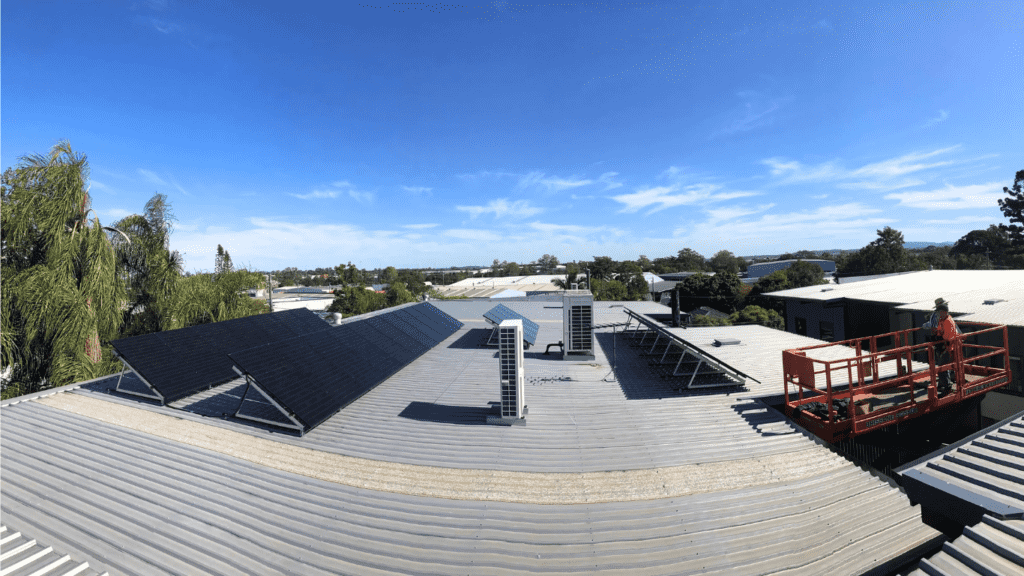ALL THE LATEST TIPS AND SOLAR NEWS
EXPLORE OUR BLOGS
SOLAR POWER MADE EASY
What Would You Like a Quote for?
Beat the Sun Tax: A Practical Guide to Storing Solar Energy and Maximising Your ROI
Solar power for homeowners has become a cornerstone of modern Australian living, offering lower energy bills and a cleaner environmental footprint. But as feed-in tariffs decline and charges for exporting energy rise—a phenomenon now widely known as the “sun tax” in Australia—many homeowners are left wondering how to make the most of their solar systems.
The good news? There’s a smart, practical solution: store your excess solar energy with POWERBANK battery by REA Power instead of exporting it to the grid. This guide walks you through everything you need to know about avoiding the solar tax, using POWERBANK effectively, and why REA Solar offers the best solution to future-proof your energy setup.


